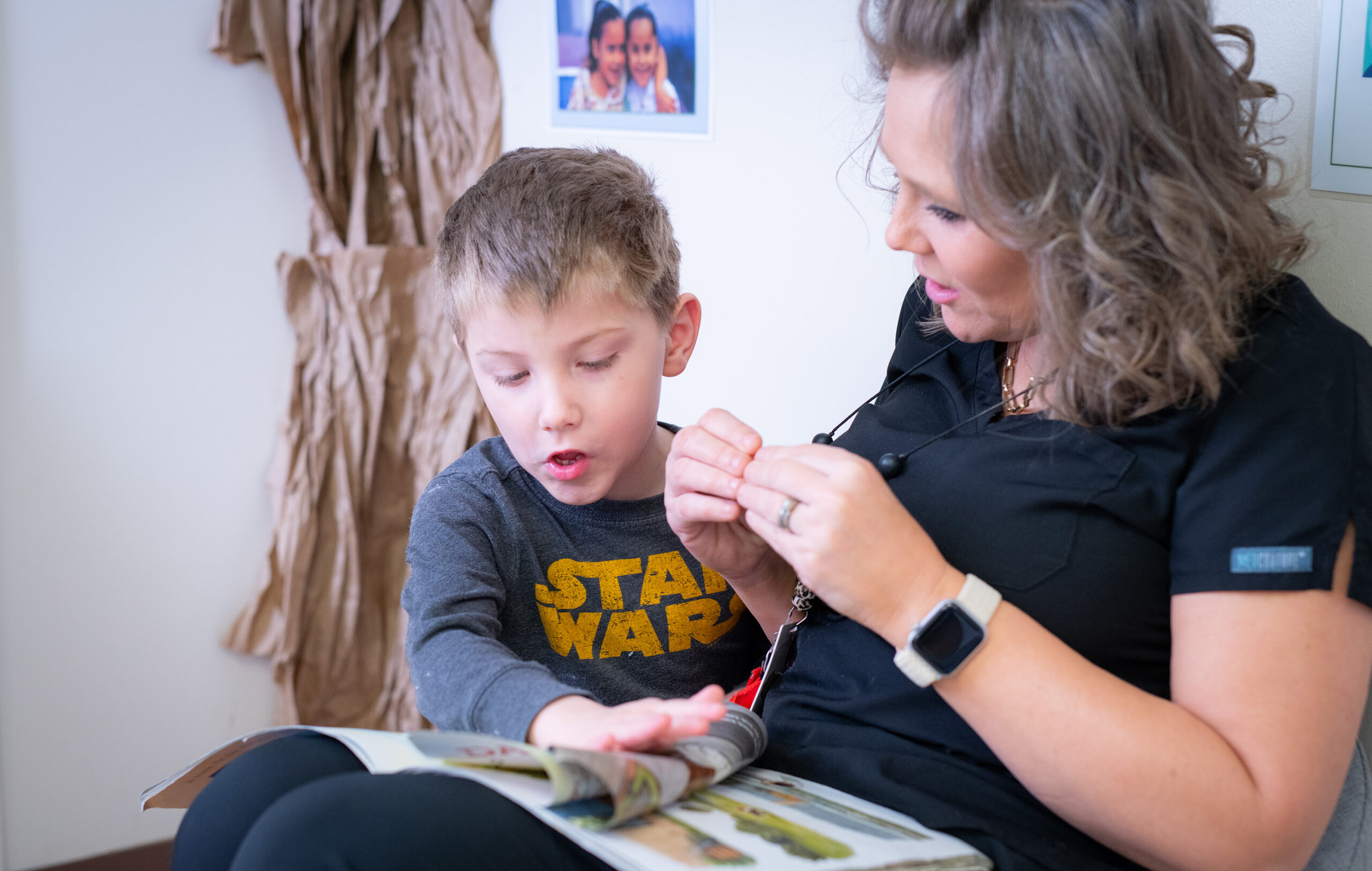Response to Intervention (RTI)
Spark Community is committed to helping every client succeed. Through frequent assessment, progress monitoring, and individualized instruction, RTI helps improve outcomes.

Goals of RTI
- Identifying learning disabilities and other challenges early.
- Improving the quality of instruction.
- Providing academic opportunities for all students.
- Reducing referrals to special education.
- Supporting all learners from diverse backgrounds.
How RTI Works
Our RTI process uses a systematic, data-driven approach to provide targeted interventions and track progress. The key steps include:
- Screening Students: Using a universal screener to identify clients who may need additional support.
- Monitoring Progress: Regularly tracking student growth and assessing the effectiveness of interventions.
- Providing Interventions: Delivering evidence-based interventions tailored to individual student needs.
- Adjusting Strategies: Modifying interventions based on student response and progress.

RTI Tiers
RTI is organized into three tiers of support, providing increasingly intensive interventions based on student needs:
- Tier 1: The primary level of prevention, where all clients receive high-quality, evidence-based instruction in the general education classroom.
- Tier 2: The secondary level of prevention, offering more targeted and small-group interventions for clients who need additional support.
- Tier 3: The tertiary level of prevention, providing the most intensive and individualized interventions for clients with significant learning or behavioral challenges.
For more information about our Response to Intervention program, contact Spark Community today and learn how we can support your child’s educational journey.
